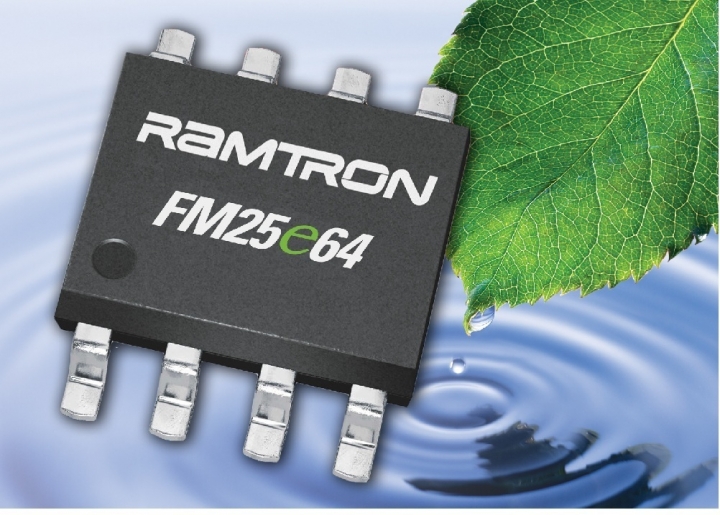Ramtron's F-RAM Wireless Sensors Are Greener

The Zurich University of Applied Sciences (ZHAW ) recently presented a paper summarising the research conducted with Ramtron on the firm's F-RAM technology.
Designed into a battery-free wireless sensor node, the devices use ferroelectric random access memory (F-RAM) science.
The research was presented at the European ZigBee Developers Conference in Munich, Germany.
It demonstrated that the use of F-RAM non-volatile memory in energy harvesting applications can reduce energy consumption of the wireless sensor node by over 40 percent.
At the same time, it is claimed to reduce the total wireless sensor system cost, as compared to systems built with standard non-volatile memory components.
Wireless sensor networks are designed into state-of-the-art building automation systems. For instance, a wireless switch can operate without batteries or hardwired electrical infrastructure. The switch uses energy harvested from solar, mechanical or piezoelectric input (energy formed by compressing or deforming a material).
The small amount of energy given off from the switch is enough to power up a transmitter that sends a radio signal to a receiver that powers up lighting or other systems in a home or office. Ramtron also says that the wireless switch is economical and eliminates wiring, battery replacement, and labour costs.
A wireless switch can also provide creative design flexibility for architects, as it can be positioned virtually anywhere, uninhibited by wires and other channels.
This research was led by ZHAW professor, Marcel Meli who is part of the Institute of Embedded Systems (InES). This department has a primary focus on networked embedded systems in energy, health and mobility applications.
Meli says that the use of F-RAM - memory in a wireless switch can improve the performance of energy harvesting powered ZigBee wireless nodes, which are used in low-power digital radio. He also points out, "The justification for using a wireless switch comes from lower installation and maintenance costs, but a ZigBee-sensor requires a lot of overhead. The more energy is required, the more expensive the system. We have discovered that by using the inherently low-power F-RAM from Ramtron in our experimental board designs, more energy is available for the transmitter and other functions, like saving the processor status. We also recognise the longevity of the F-RAM cell. Compared to traditional non-volatile memories like EEPROM or Flash, F-RAM can be rewritten virtually forever - well in excess of a typical wireless product's lifetime."
Meli's research also suggests that F-RAM can reduce the total bill-of-materials associated with wireless sensor nodes powered by harvested energy. By using F-RAM to restore the state of the processor only when enough energy is available, less power management is required and there are fewer constraints on the storage system, thereby reducing system complexity and component costs.
































